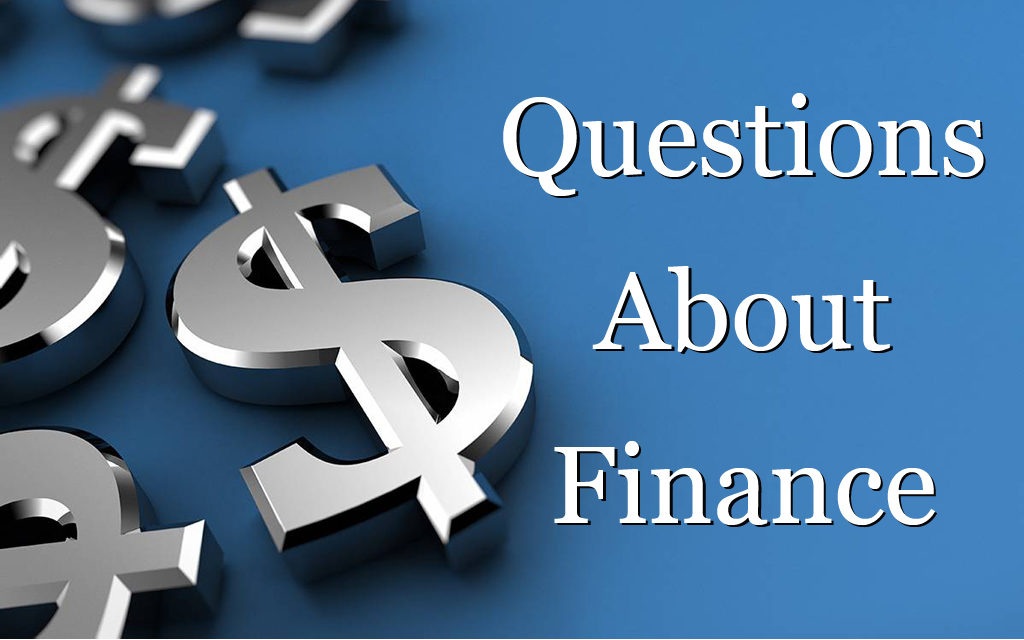–Hey Taylor – My wife and I have finally saved up enough to cover six months of expenses. Now that we have the money, where do I keep it? Do I invest it somewhere with easy access, keep it in checking, or just bury it in the yard?
–Hey Quinn – You can bury gold bricks in the yard, but there are a lot of better options for your emergency savings. First off, congratulations on building that security net. An emergency fund is an essential part of the journey to financial freedom. As for where to stash it, you want it somewhere accessible that’s earning interest while it sits. This is true for every type of cash reservoir, so let’s talk about what to do with all your so-called “savings.”
- Savings account. Theoretically, this is where you want your emergency fund. A quick step away from the checking account so you can cover a medical emergency or a change in income, but not mixed in with the money that’s getting spent day to day. That said, if your current savings account has a .05% APY, that’s not a great place for a significant capital reserve. There are lots of online banks offering between 4-5% interest, meaning your emergency fund could earn $50-100 a month just by existing. You don’t want money sitting around doing nothing; you also don’t want to lock your emergency fund up in a 3-year CD. A high-yield savings account is the perfect solution.
- Bonds. Once you build up savings that aren’t strictly for use in the event of an emergency, you can get a little more creative with where you stash those funds. Bonds can be purchased through your average brokerage company, like E*Trade or Robinhood, and the limited risk is balanced by a return upwards of 6%. You can also get government bonds through Treasury Direct—very safe, and occasionally the rates are pretty high. Again, these options aren’t for the emergency fund, but rather alternatives for money that would otherwise be growing stale in a bank account.
- Invest or pay off debt. A lot of people have an emergency fund and then an additional savings account because their Money Personality is Saver and they just can’t help themselves. I recently worked with a woman who had, in addition to emergency savings and two retirement accounts, $20,000 that she had no real plan for. Meanwhile, she had $10K in student loan debt with a 15% interest rate. Her urge to have a flush savings account was actually costing her money because she couldn’t pull the trigger and part with her earnings to pay off debt. Once you have a security net in place, the rest of your money needs to get to work. Put it in your IRA, into a brokerage account, or earmark it for buying a house. Just don’t let it sit around and do nothing.
Obviously, you have different types of savings. The emergency fund has to be safe and accessible, ideally earning interest in a high-yield account. After that, the money you save can go in a variety of directions—just make sure it’s doing something useful. Thanks for the question, Quinn!
TAYLOR J KOVAR
CHIEF EXECUTIVE OFFICER
CERTIFIED FINANCIAL PLANNER™




